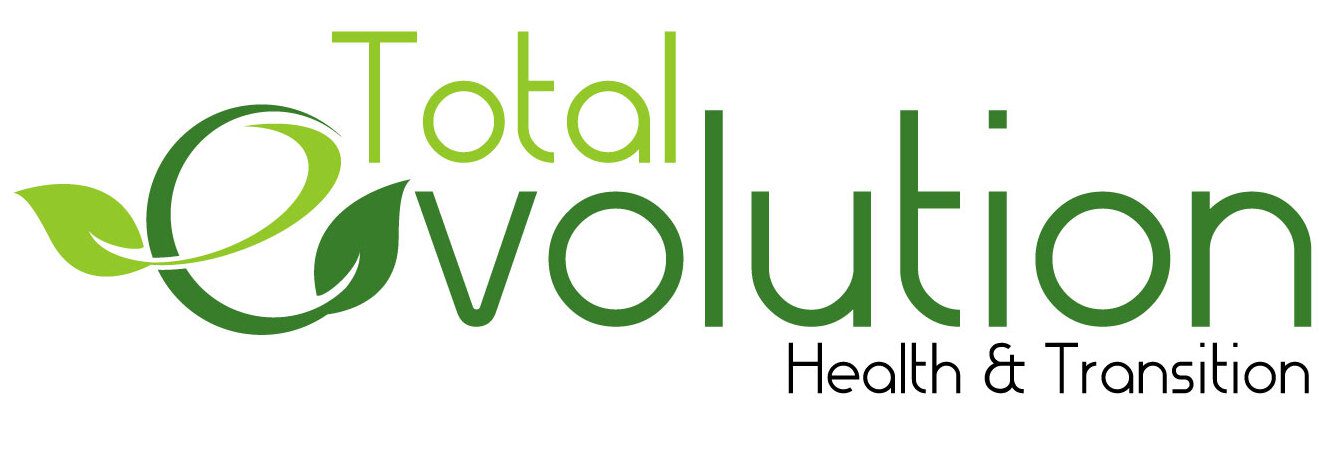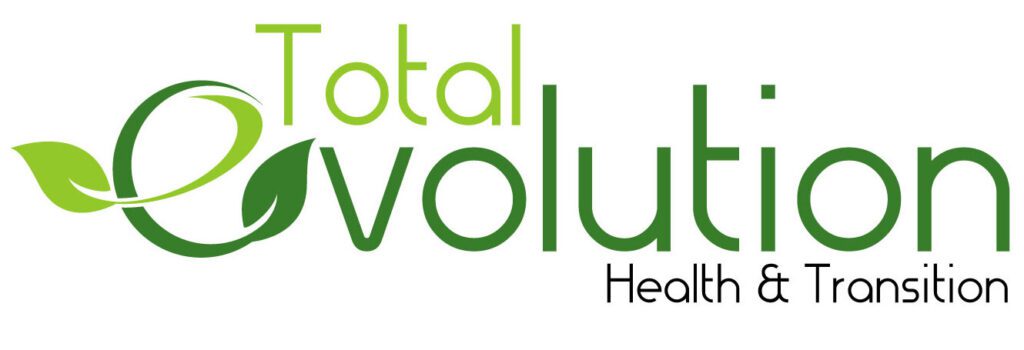Have you ever participated in a corporate wellness program at work? I have a few times, and to be honest, it didn’t improve my overall wellness at all. I’ve logged exercise, tracked my food and water, and competed with participating coworkers using various point-based systems on an online platform. I even got points for taking little daily quizzes. I’m a bit competitive, so imagine my disappointment when I realized that I never came close to winning. Unfortunately, I didn’t learn or change a thing after our little competitions were over. The execution of the health challenges was sterile, self-reporting, and really just another task to check off my list for the day. However, I still entertained the idea that I’d become healthier if I just participated. I worked for a relatively large organization, so I was happy they were investing in my wellness.
Fast forward about 10 years later, and here I am in the corporate wellness space. As a fledgling business owner, wellness counselor, and project manager of sorts, I am consistently looking to remedy issues my clients are experiencing in their day-to-day life. Turns out, work is one of the biggest issues (and excuses) as to why people cannot prioritize their overall wellness. It’s almost paradoxical when you think about it because research has shown that healthy employees have higher morale, increased productivity, and are more engaged. Recruitment and retention rates at firms where wellness is an important part of the company culture are much better than their professional counterparts.
However, the disconnect often lies in the execution of these wellness programs. Many companies approach wellness as a checkbox exercise, implementing generic challenges and initiatives without truly understanding the needs and motivations of their employees. This one-size-fits-all approach often leads to disengagement and apathy, as employees feel like they’re just going through the motions without any real benefit to their well-being.
As a wellness counselor and advocate, I’ve come to realize that effective corporate wellness programs need to be holistic and personalized. It’s not just about counting steps or tracking calories; it’s about addressing the unique challenges and aspirations of each individual employee. This means taking into account factors like work-life balance, stress management, mental health support, in person functional movement training, and fostering a supportive work environment. That’s why having a wellness specialist in the office is so important, and that’s what I do.
When I collected qualitative data from a company where I ran my first pilot of Pillar Corporate Wellness, I surveyed employees in different areas like, energy level, sleep, water intake, feeling of overall health, and more. I had them quantify these data points and charted them over the course of 3 months. While working through the averages, the collective of this company was thriving at 37%. Over the next few months, that average climbed to 50%. This was not through radical transformation, it was simply implementing the 3 pillars of corporate wellness.
The approach that I find to be particularly effective is integrating wellness into the fabric of the company culture. Instead of viewing wellness as a separate initiative, it should be woven into the everyday practices and policies of the organization. This could involve things like flexible work hours to accommodate exercise routines, providing healthy food options in the office, offering stretching and meditation sessions, and creating opportunities for social connection and team building. It’s not about perfection, it’s about getting the small things right when you can.
When leadership takes this into consideration, they provide a more proactive and holistic approach to their employees’ wellness. These companies can not only improve the health and well-being of their employees but also reap the benefits of a happier, more engaged, and productive workforce. It’s time to move away from checkbox wellness and towards a culture of care and support in the workplace, in organizations big and small. After all, when employees thrive, so does the company as a whole.
Now, let’s delve deeper into the three pillars of corporate wellness:
1. **Physical Wellness**: Physical wellness encompasses aspects such as nutrition, exercise, and sleep. Encouraging employees to adopt healthy eating habits, engage in regular physical activity, and prioritize sufficient sleep can have significant benefits for their overall health and well-being. Providing access to gym facilities, organizing group fitness classes, and offering resources on healthy eating can support employees in making positive lifestyle changes.
2. **Emotional Wellness**: Emotional wellness focuses on managing stress, building resilience, and fostering positive mental health. Work-related stress is a common issue that can negatively impact employee well-being and productivity. Implementing stress management programs, offering access to counseling services, and promoting work-life balance initiatives can help employees better cope with stress and maintain emotional well-being.
3. **Social Wellness**: Social wellness involves building strong interpersonal relationships and fostering a sense of community within the workplace. Encouraging team bonding activities, organizing social events, and creating opportunities for collaboration and communication can enhance employee engagement and satisfaction. Strong social connections at work can contribute to a positive work environment and improve overall job satisfaction.
By addressing these three pillars of corporate wellness, organizations can create a supportive and inclusive workplace culture that prioritizes the health and well-being of their employees. Investing in corporate wellness programs not only benefits individual employees but also contributes to the long-term success and sustainability of the organization. As we continue to navigate the complexities of the modern work environment, prioritizing employee wellness has never been more important. Let’s work together to create healthier, happier, and more productive workplaces for everyone.


